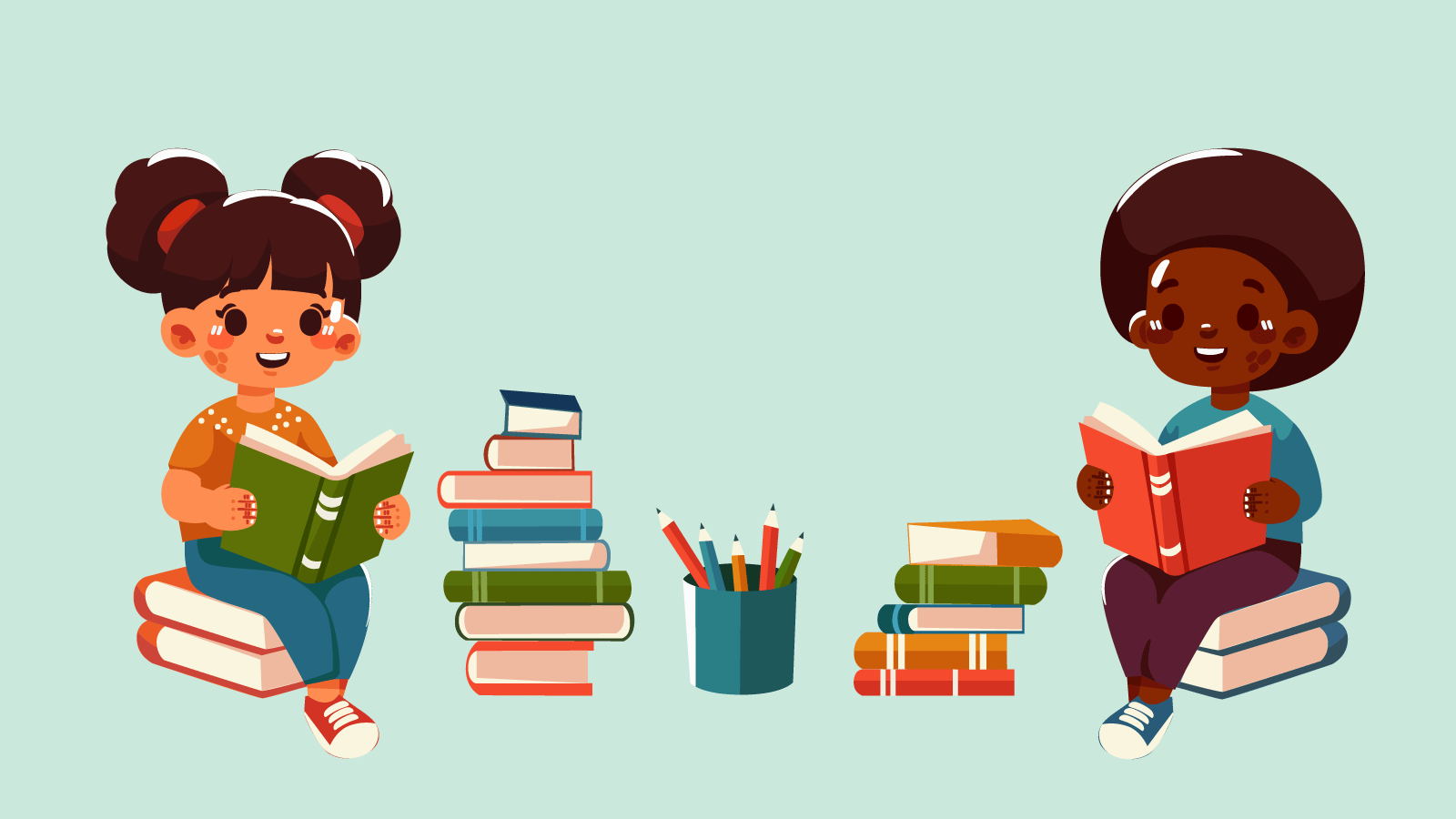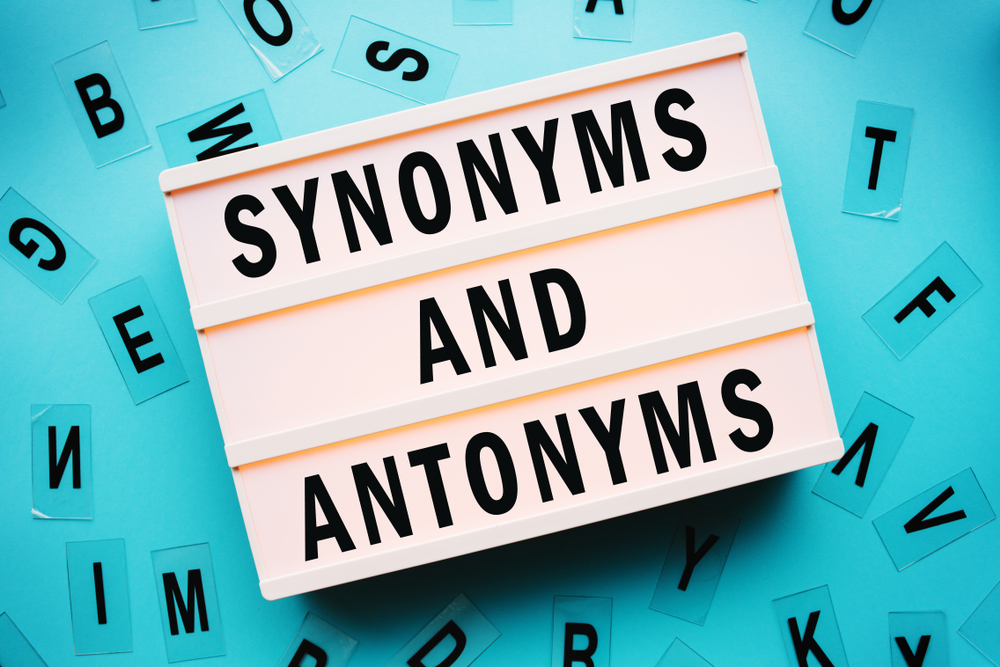Critical thinking skills Reading Comprehension Worksheets for Ages 3-9
6 filtered results
-
From - To
Unlock your child's potential with our engaging Critical Thinking Skills Reading Comprehension Worksheets for ages 3-9! Designed to foster analytical thinking and enhance reading comprehension, these worksheets provide fun and interactive activities that challenge young minds. Children will explore stories, answer questions, and complete puzzles that promote logical reasoning and problem-solving abilities. Perfect for parents and educators, these resources help develop essential skills important for lifelong learning. Our worksheets cater to various reading levels, making it easy for kids to progress at their own pace. Dive into our collection and boost your child’s confidence and critical thinking today!
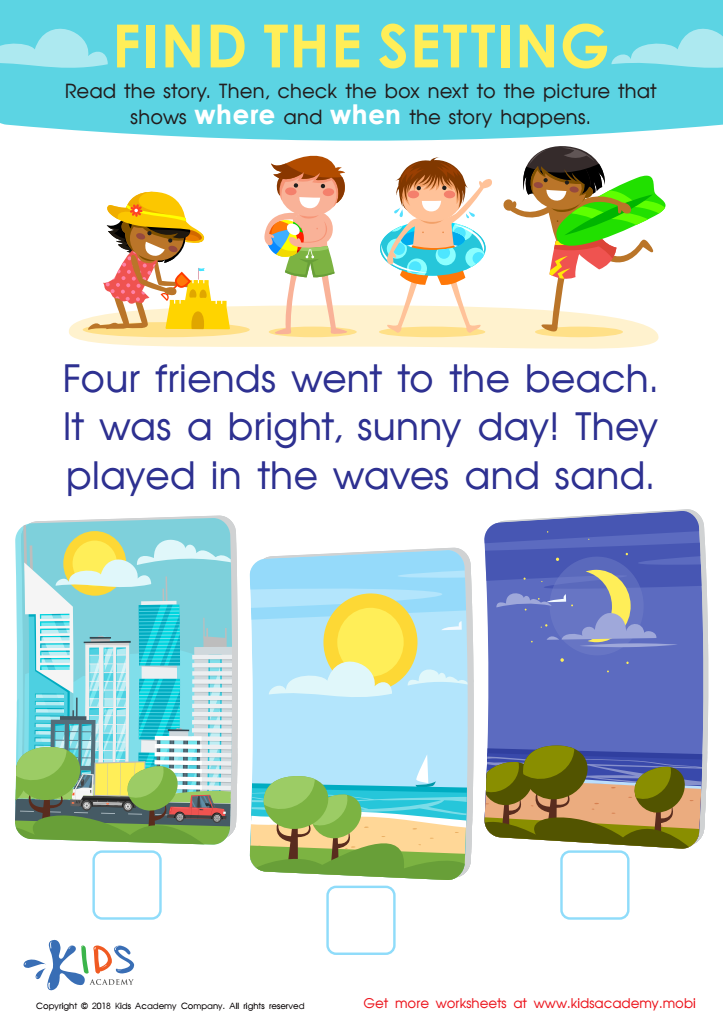

Find the Setting Worksheet
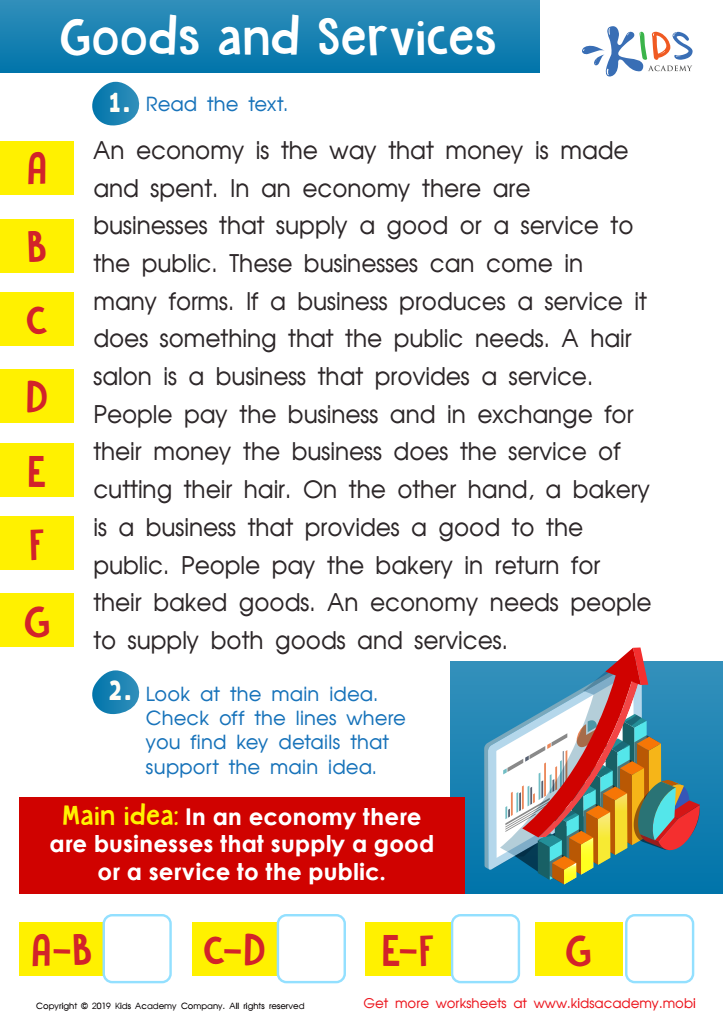

Goods and Services Worksheet


Story Elements: Setting of a Fairy Tale Printable
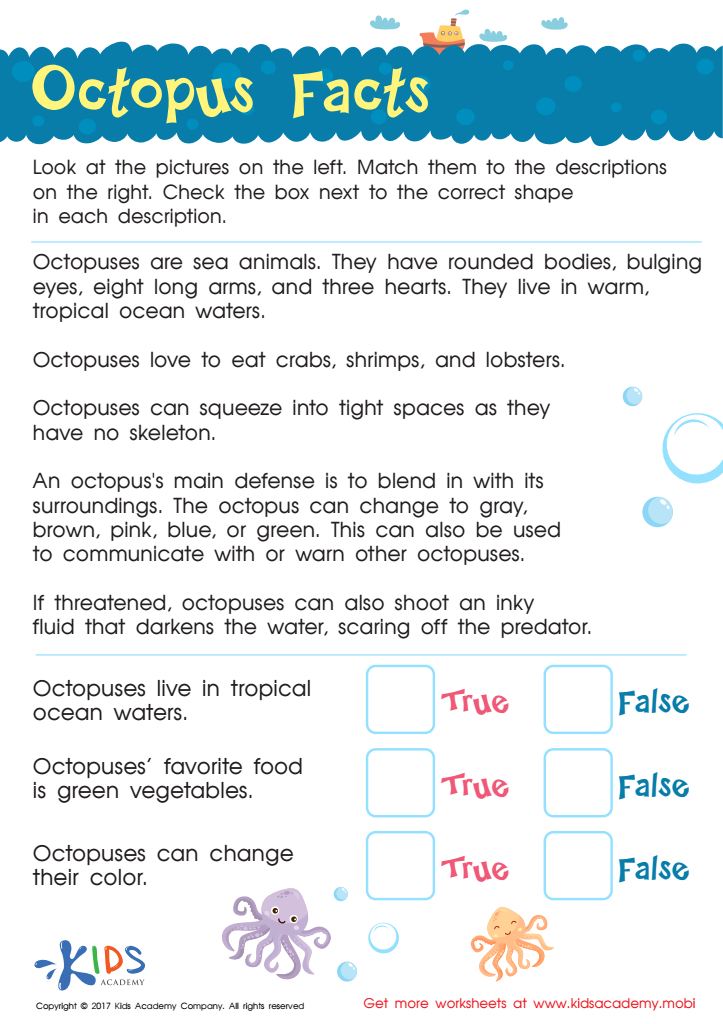

Octopus Facts Worksheet For Kids
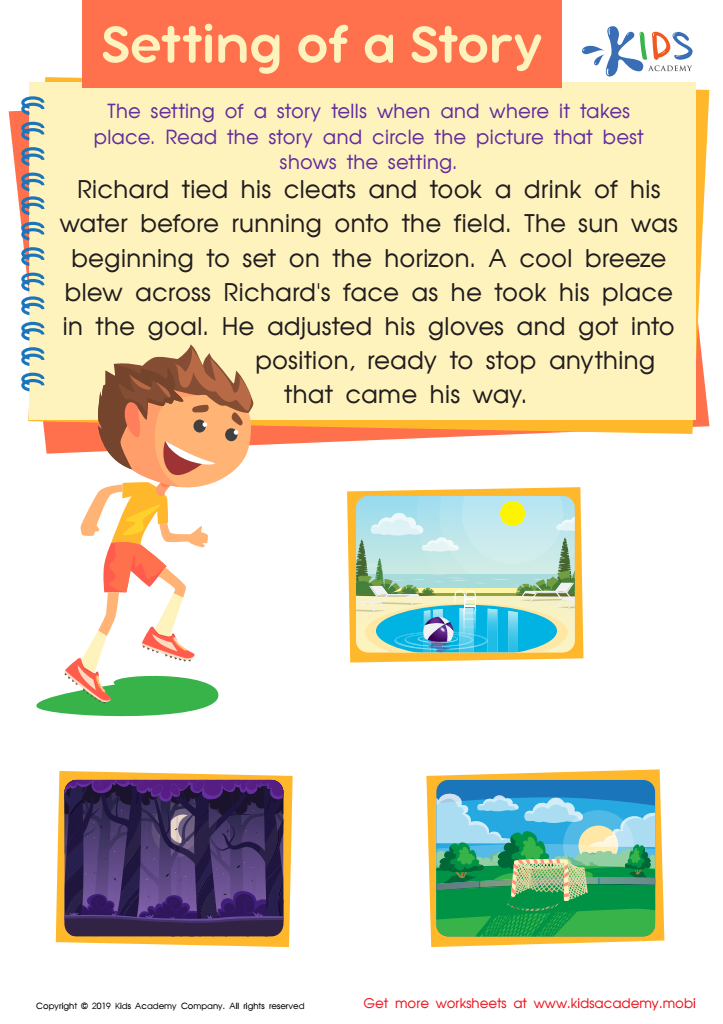

Setting of a Story Worksheet


The Boy Who Cried Wolf Part 2 Worksheet
Critical thinking skills and reading comprehension are essential for children aged 3-9, as they lay the foundation for lifelong learning and problem-solving capabilities. During these formative years, children are developing their cognitive abilities, and integrating critical thinking with reading comprehension fosters their analytical skills, creativity, and reasoning.
Parents and teachers should prioritize these skills because they serve more than just academic purposes. Critical thinking encourages children to question, analyze, and evaluate information, which empowers them to become independent thinkers. Reading comprehension enables them to understand and interpret stories, enhance vocabulary, and connect ideas effectively. Children who think critically while reading are more likely to engage with texts meaningfully, leading to deeper understanding and retention.
Moreover, cultivating these skills in early childhood promotes better communication, social interactions, and adaptive learning strategies that benefit children in various contexts, both in and out of the classroom. In essence, critical thinking and reading comprehension create a robust framework for children’s success, enabling them to navigate complexities in academic settings and in everyday life. Encouraging these skills sets the stage for confident, competent learners ready to embrace new challenges.
 Assign to My Students
Assign to My Students




